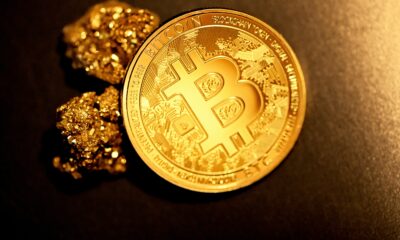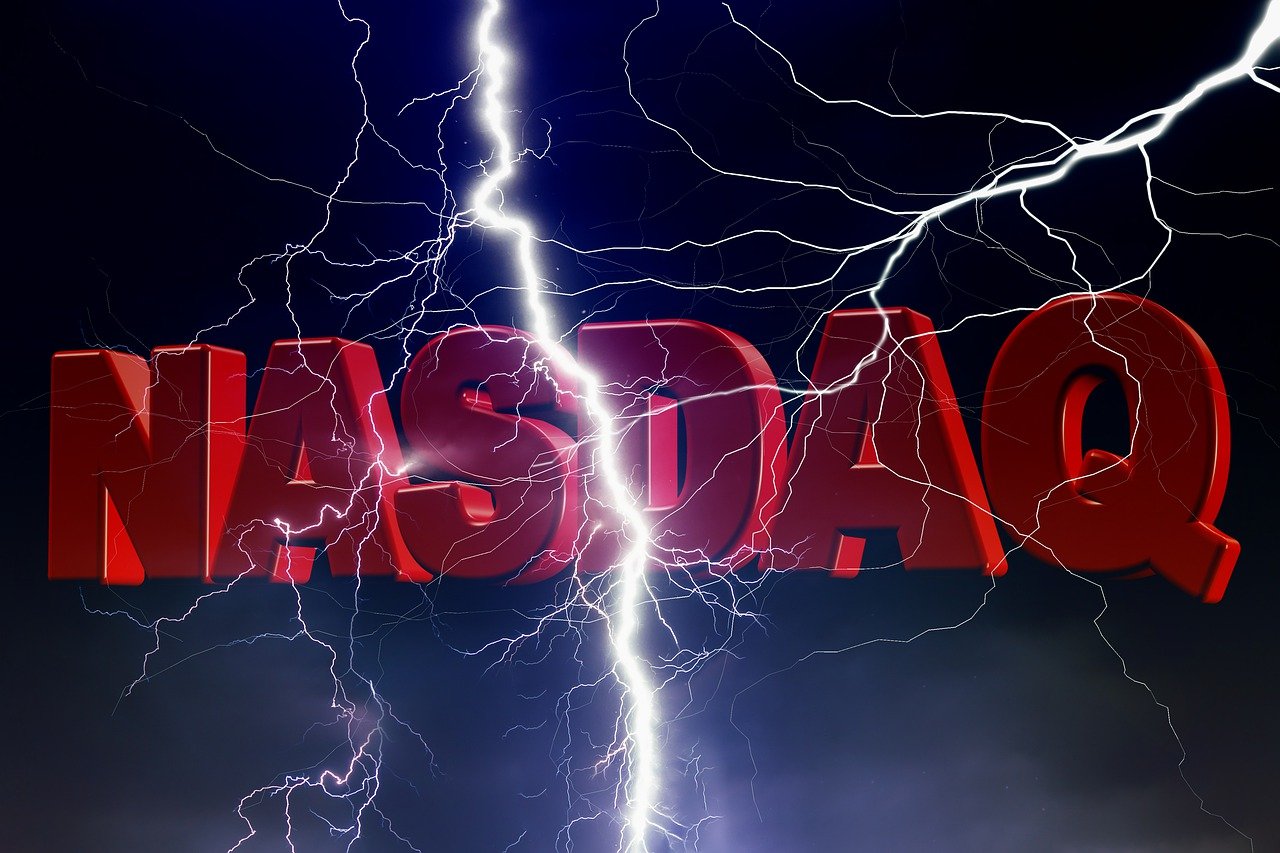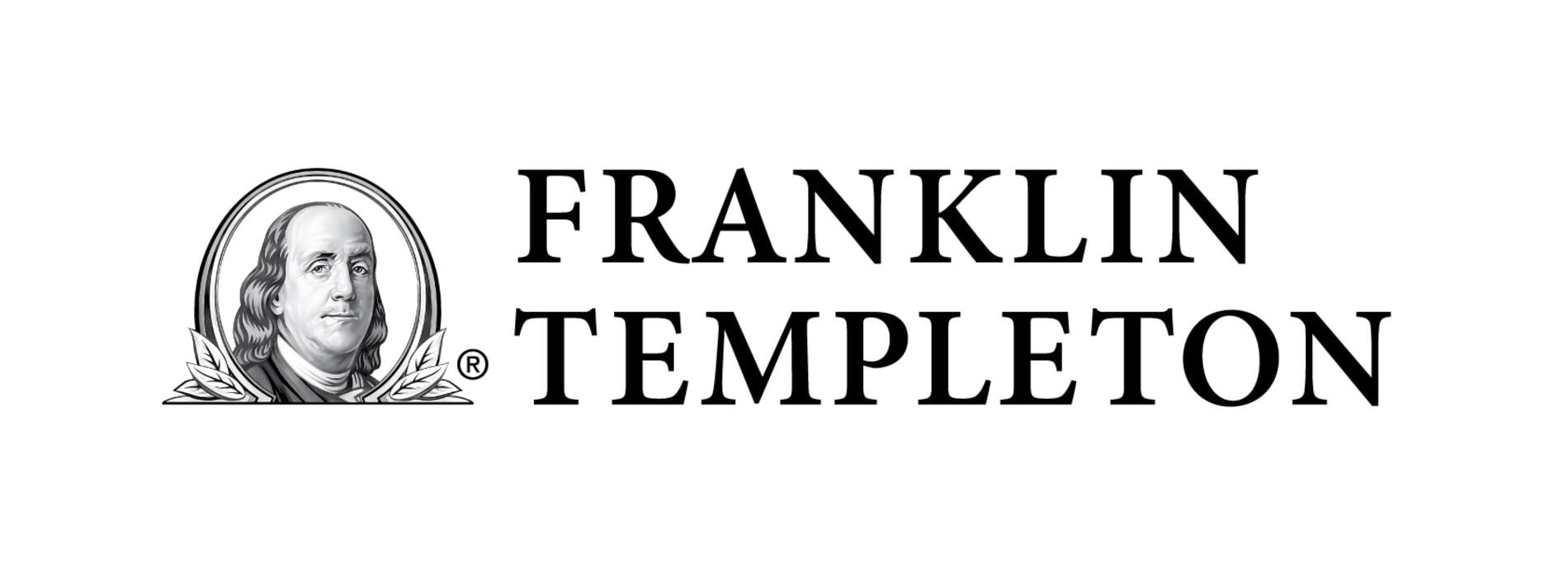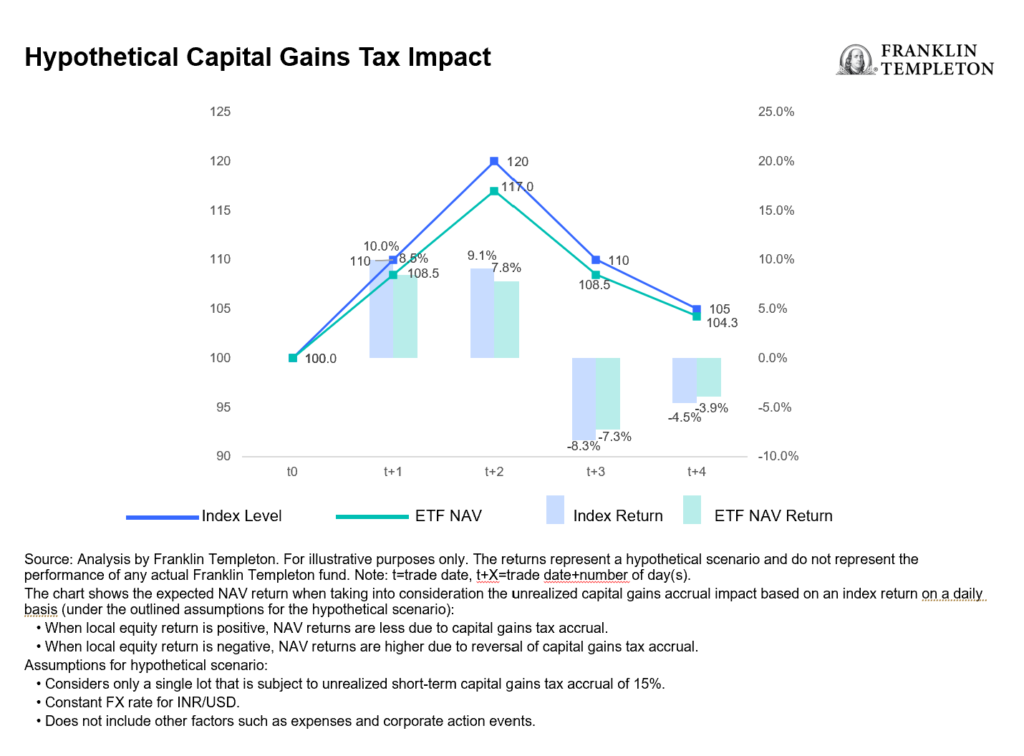Gold Bear Market Continues Despite Global Economic Concerns Van Eck Global’s gold specialist Joe Foster shares his monthly perspective on the gold market.
Gold Market Commentary
Gold Bear Market Continues Despite Global Economic Concerns
By: Joe Foster, Gold Strategist
Please note that the information herein represents the opinion of the author and these opinions may change at any time and from time to time.
Market Review
Gold and gold shares continued to consolidate above the July lows of the year. Gold traded in a $1,100 to $1,150 per ounce range during September, ending the month with a $19.73 (1.7%) loss at $1,115.07 per ounce. Gold stocks also saw small losses, with the NYSE Arca Gold Miners Index1 down 2.3% and the Market Vectors Junior Gold Miners Index2 declining 3.1%.
After spending much of the past year informing the market of its plans to raise rates, on September 17, the Federal Reserve (Fed) once again put it off until a later, unspecified time. Fed Chairman Yellen said “the economy has been performing well”, but cited concern over “global economic and financial developments.” The Fed lowered its growth and inflation forecasts. Gold responded positively by trending higher, topping out at $1,156 per ounce on September 24.
We attended the Precious Metals Summit and Denver Gold Forum, which attracts most of the gold companies in our investment universe. The Precious Metals Summit features smaller development companies, explorers, and a few producers. Many companies are shepherding cash and slowing development to ride out the current low gold prices. Lower drilling costs may enable companies to do more with less and we are seeing more thorough and thoughtful planning. We are also seeing companies able to take advantage of the weak market. Companies with attractive properties that have run out of time and capital are becoming willing sellers. Others who have been through these cycles and have better access to capital and expertise are picking up such properties in preparation for an eventual turnaround in the market.
The Denver Gold Forum was not as vibrant as in past years, reflecting the current mood in the market. Austerity was an overriding theme as companies explained how they continue to rein in costs and outlined their plans should gold prices fall further. While none expects lower prices, contingency plans for prices as low as $900 per ounce were shown. The industry generates positive cash flow at current prices; however, roughly 25% of production becomes unprofitable at $1,000 per ounce, at which point we would expect to see closures. Many regions are seeing a positive currency effect. Currencies are at multi-year lows in Canada, Australia, Brazil and elsewhere, effectively reducing costs in U.S. dollar terms, making mines in those areas more profitable. The standouts at this conference were those able to develop mines at current gold prices. Some companies have been able to combine the deflation in development costs with smarter engineering plans and capital deployment to build projects that are better placed than those envisioned and built several years ago at higher gold prices. The royalty companies also had an impressive showing, as royalties have evolved from niche to mainstream financing.
Market Outlook
Given the depth and duration of the gold bear market, many must wonder whether this is the beginning of a secular bear market measured in decades rather than a cyclical bear market that is measured in years. The last secular bear market lasted 21 years from 1980 to 2001. There were a number of cyclical bull markets after 1980, however the longer term trend was downward for gold. Several major macroeconomic drivers drove the secular bear market. In the early eighties, the Fed raised rates to combat inflation. While this initially caused a difficult recession, it set in motion a long period of disinflation and price stability in the economy. The Reagan presidency further set the economy, in our view, on a positive trajectory with tax cuts and reforms that limited or reduced the regulatory burden on business. The U.S. won the Cold War, with peace and commerce breaking out in many regions of the globe. With strong leadership and prescient policies, there was ample generation of wealth, tail risk3 diminished, and investment demand for gold remained weak.
In our opinion, the conditions that supported that secular bear market could not be more different than today’s. In fact, we would argue they are polar opposites. The stable disinflation that prevailed for over two decades ended with the credit crisis. Since 2008, deflationary concerns have dominated monetary policy decisions. This has intensified with the slowdown in China and commodity weakness. Economic weakness has been met with policies of taxation and austerity. Increasing regulation of finance, health care, and energy capture the headlines, while insidious smaller scale regulations continue to accumulate across most industries. The “cold war” has returned with proxy battles breaking out in the Middle East. Failed states, refugees, and violence appear to be trending in the wrong direction. The U.S. has seen very limited fallout from the weak global economy and political strife; hence the U.S. dollar and U.S. assets are seen as possible safe havens for now. However, we believe this is a cyclical occurrence for gold, not a secular trend.
The Fed’s chronic reluctance to raise rates suggests that it sees the economy as so fragile that it cannot withstand a series of relatively miniscule 25 basis point increases. Quantitative easing and near-zero rate policies have failed to deliver the stronger GDP growth predicted by the Fed. We believe businesses do not want to invest when they do not know the impact of a promised rate hike that never seems to materialize. Yet, these failed policies have been copied by central banks around the world with no better results. Perpetually changing expectations and outlook risks losing market confidence. After six years of economic expansion and a bull market that took the S&P 5004 to new highs, it appears that rates could remain near zero into the next recession. The multi-generational low in interest rates has created misallocations of wealth that could bring a rash of unintended consequences that become apparent in the next economic downturn. Artificially low rates incentivize risk-taking, redistribute income to those with financial assets, and distort the allocation of credit. Examples include ballooning levels of student debt, auto loans, margin debt, high-yield debt, commercial real estate, and luxury residential construction.
The first significant economy to fall into recession in the current weak global economy is Brazil. It is reminiscent of the U.S. “dot-com bubble”5 in 2000, when a fall in technical stocks and business activity brought a recession. Around the same time, accounting scandals were revealed and the Enron debacle was exposed. The U.S. dollar embarked on a bear market and the gold bull market ensued. The contemporary Brazilian economy is driven more by commodities than technology, but the result is the same. The commodities bust triggered economic weakness and recession. A massive graft scandal at state-run oil giant Petrobras has sent shock waves through the rest of the economy. S&P cut the nation’s debt rating to junk with a negative outlook. Since 2011, the Brazilian real has been in a bear market, and the market has worsened over the past year. The gold price in Brazilian real terms is at all-time highs, gaining 40.7% so far this year.6
Perhaps the Fed’s trepidation with raising rates is justified. Maybe Brazil is the first domino to fall. Is Japan or China next? Will the U.S. economy be the last to topple? Brazilians have found gold to be a prudent store of wealth. Perhaps it is not too soon for those in many other countries to think about ways of preserving wealth should mainstream investments begin to falter.
Important Information For Foreign Investors
This document does not constitute an offering or invitation to invest or acquire financial instruments. The use of this material is for general information purposes.
Please note that Van Eck Securities Corporation offers actively managed and passively managed investment products that invest in the asset class(es) included in this material. Gold investments can be significantly affected by international economic, monetary and political developments. Gold equities may decline in value due to developments specific to the gold industry, and are subject to interest rate risk and market risk. Investments in foreign securities involve risks related to adverse political and economic developments unique to a country or a region, currency fluctuations or controls, and the possibility of arbitrary action by foreign governments, including the takeover of property without adequate compensation or imposition of prohibitive taxation.
Please note that Joe Foster is the Portfolio Manager of an actively managed gold strategy.
Any indices listed are unmanaged indices and include the reinvestment of all dividends, but do not reflect the payment of transaction costs, advisory fees or expenses that are associated with an investment in the Fund. An index’s performance is not illustrative of the Fund’s performance. Indices are not securities in which investments can be made.
1NYSE Arca Gold Miners Index (GDMNTR) is a modified market capitalization-weighted index comprised of publicly traded companies involved primarily in the mining for gold. 2Market Vectors Junior Gold Miners Index (MVGDXJTR) is a rules-based, modified market capitalization-weighted, float-adjusted index comprised of a global universe of publicly traded small- and medium-capitalization companies that generate at least 50% of their revenues from gold and/or silver mining, hold real property that has the potential to produce at least 50% of the company’s revenue from gold or silver mining when developed, or primarily invest in gold or silver. 3Tail risk is the risk of an asset or portfolio of assets moving more than three standard deviations from its current price. 4S&P 500® Index (S&P 500) consists of 500 widely held common stocks covering industrial, utility, financial, and transportation sectors. 5Dot-com bubble grew out of a combination of the presence of speculative or fad-based investing, the abundance of venture capital funding for startups and the failure of dotcoms to turn a profit. Investors poured money into internet startups during the 1990s in the hope that those companies would one day become profitable, and many investors and venture capitalists abandoned a cautious approach for fear of not being able to cash in on the growing use of the internet. 6Source: Bloomberg.
Please note that the information herein represents the opinion of the author and these opinions may change at any time and from time to time. Not intended to be a forecast of future events, a guarantee of future results or investment advice. Historical performance is not indicative of future results; current data may differ from data quoted. Current market conditions may not continue. Non-Van Eck Global proprietary information contained herein has been obtained from sources believed to be reliable, but not guaranteed. No part of this material may be reproduced in any form, or referred to in any other publication, without express written permission of Van Eck Global. ©2015 Van Eck Global.

 Nyheter2 veckor sedan
Nyheter2 veckor sedan
 Nyheter4 veckor sedan
Nyheter4 veckor sedan
 Nyheter2 veckor sedan
Nyheter2 veckor sedan
 Nyheter4 veckor sedan
Nyheter4 veckor sedan
 Nyheter2 veckor sedan
Nyheter2 veckor sedan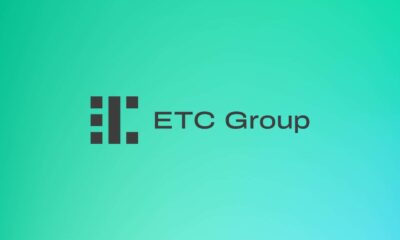
 Nyheter4 veckor sedan
Nyheter4 veckor sedan
 Nyheter3 veckor sedan
Nyheter3 veckor sedan
 Nyheter2 veckor sedan
Nyheter2 veckor sedan












